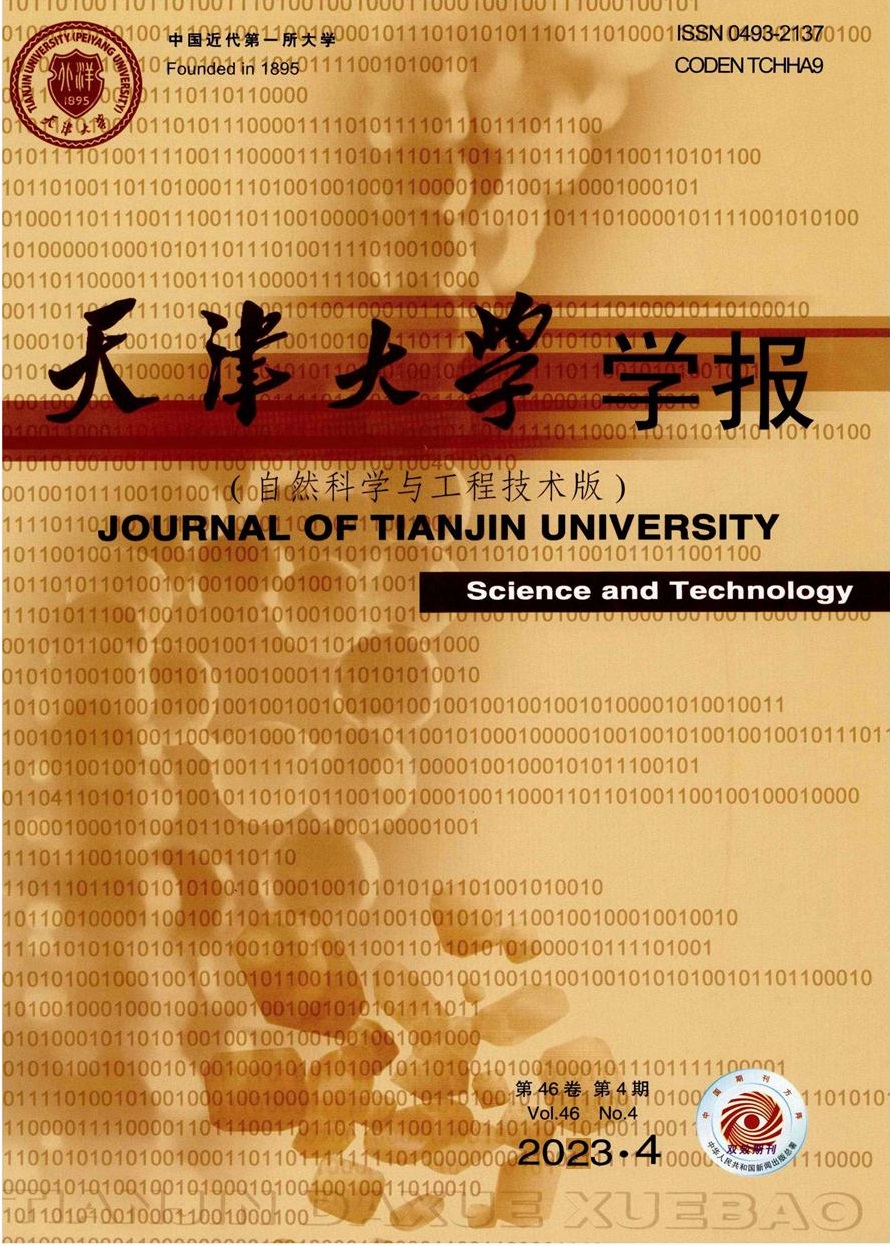基于加权minkowski径向基函数的支持向量机的模拟退火惯性权重鸡群优化算法高效预测乳腺癌复发
Q3 Multidisciplinary
引用次数: 0
摘要
如今,女性中最常被诊断出的癌症是乳腺癌。全世界大约有12%的女性患有此病。复发性乳腺癌是指在成功治疗后复发的乳腺癌。乳腺癌复发是癌症患者最害怕的结果之一。因此,他们的生活质量受到了影响。尽管早期乳腺癌预测一直是一个困难的研究挑战,但数据挖掘算法可以在解决这一问题方面提供相当大的帮助。先前的方法使用朴素贝叶斯、REPTree和基于k近邻、粒子群优化(PSO)的特征选择来预测乳腺癌复发。粒子群算法在高维空间中容易陷入局部最优,迭代过程中的收敛速度较差。此外,由于中贝叶斯的类条件独立性和由此导致的准确性损失,不建议使用它。针对这一问题,提出了基于加权Minkowski径向基支持向量机(WMRBF-SVM)的基于模拟退火惯性权重的鸡群优化(SAIWCSO)算法,用于乳腺癌的声誉诊断。WBCD用作初始数据源。然后使用z分数归一化来确保数据的格式一致。一种叫做SAIWCS的算法选择最佳特征。提高了分类精度。为了提高乳腺癌的高检出率,采用基于加权Minkowski径向基函数的支持向量机(WMRBF-SVM)对乳腺癌进行诊断。Python被用来模拟实验。实验结果表明,该系统在准确性、精密度、召回率、特异性和f-measure方面优于现有系统。本文章由计算机程序翻译,如有差异,请以英文原文为准。
AN EFFICIENT BREAST CANCER RECURRENCE PREDICTION USING SIMULATED ANNEALING INERTIA WEIGHT-BASED CHICKEN SWARM OPTIMIZATION ALGORITHM WITH WEIGHTED MINKOWSKI RADIAL BASIS FUNCTION-BASED SUPPORT VECTOR MACHINE
Nowadays the more often diagnosed type of cancer in women is breast cancer. Approximately 12 percent of females worldwide are afflicted by it. Recurrent breast cancer refers to breast cancer that recurs despite having been successfully treated. Breast cancer recurrence is one of the most feared outcomes for cancer patients. As a result, their quality of life is impacted. Even though early-stage breast cancer prediction has always been a difficult research challenge, data mining algorithms can be of considerable assistance in addressing this issue. The prior method used naive Bayes, REPTree, and K-nearest neighbor, Particle Swarm Optimization (PSO) based feature selection for breast cancer recurrence prediction. It is simple for the Particle Swarm Optimization (PSO) method to fall into local optimum in high-dimensional space and has a poor rate of convergence in the iterative process. Furthermore, because of the Nave Bayes’ class conditional independence and the resulting loss of accuracy, it is not recommended. To deal with this problem, the proposed system devised a Simulated Annealing Inertia Weight-based Chicken Swarm Optimization (SAIWCSO) algorithm with a Weighted Minkowski Radial Basis Function-based Support Vector Machine (WMRBF-SVM) for the diagnosis of the reputation of breast cancer. The WBCD is used as an initial source of data. Z-score normalization is then used to ensure that the data is in a consistent format. An algorithm called SAIWCS selects the best features. It enhances the categorization accuracy. To improve the high detection rate, a Weighted Minkowski Radial Basis Function-based Support Vector Machine (WMRBF-SVM) is used to diagnose breast cancer. Python is being used to model the experiments. The experimental findings reveal that the suggested system outperforms the present system with regard to the accuracy, precision, recall, specificity, and f-measure.
求助全文
通过发布文献求助,成功后即可免费获取论文全文。
去求助
来源期刊

天津大学学报(自然科学与工程技术版)
Multidisciplinary-Multidisciplinary
CiteScore
1.30
自引率
0.00%
发文量
7072
期刊介绍:
Journal of Tianjin University (Natural Science and Engineering Technology Edition) was founded in 1955. It is a monthly journal and is included as a source journal by many domestic and foreign databases such as Ei Core Database, CA (Chemical Abstracts), and China Science Citation Database (CSCD). It is a Chinese core journal and a statistical source journal for scientific and technological papers. The journal is a comprehensive academic journal sponsored by Tianjin University. It mainly reports on creative and forward-looking academic research results in the fields of natural science and engineering technology. The reporting directions include mechanical engineering, precision instruments and optoelectronic engineering, electrical and automation engineering, electronic information engineering, chemical engineering, construction engineering, materials science and engineering, environmental science and engineering, computer engineering and other disciplines. The journal implements "two-way anonymous review", with an average acceptance period of 3 months and a publication period of 10 to 12 months.
 求助内容:
求助内容: 应助结果提醒方式:
应助结果提醒方式:


